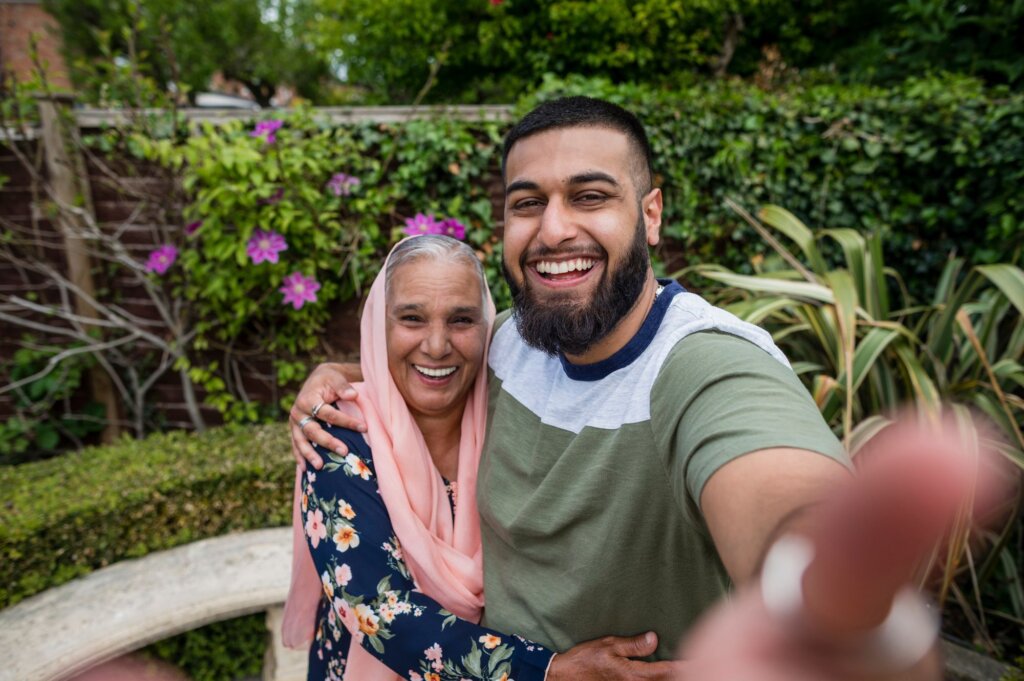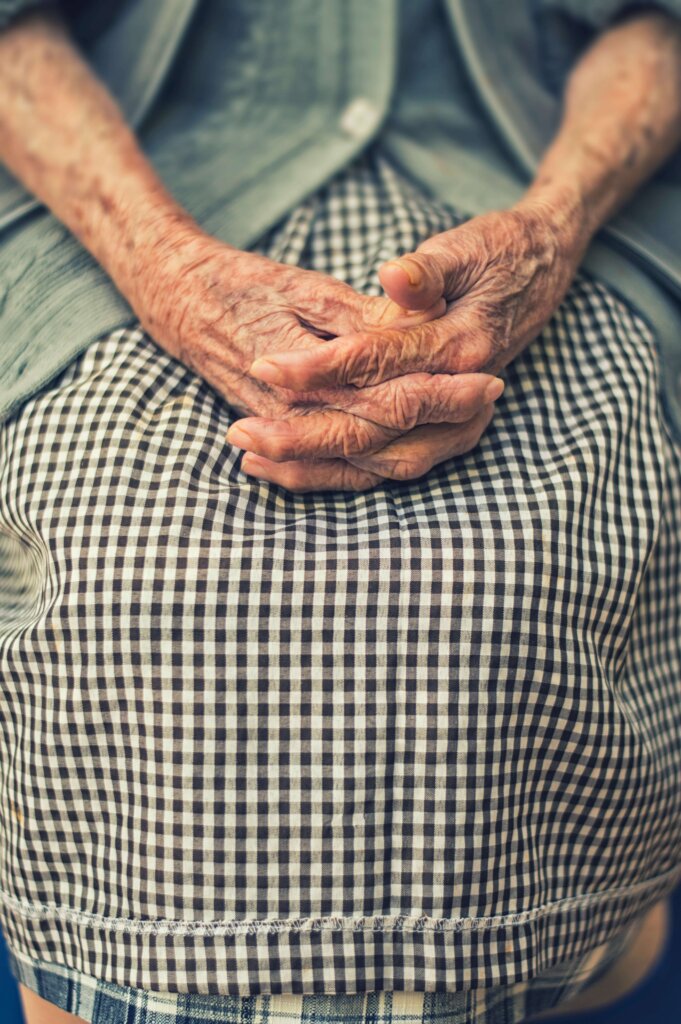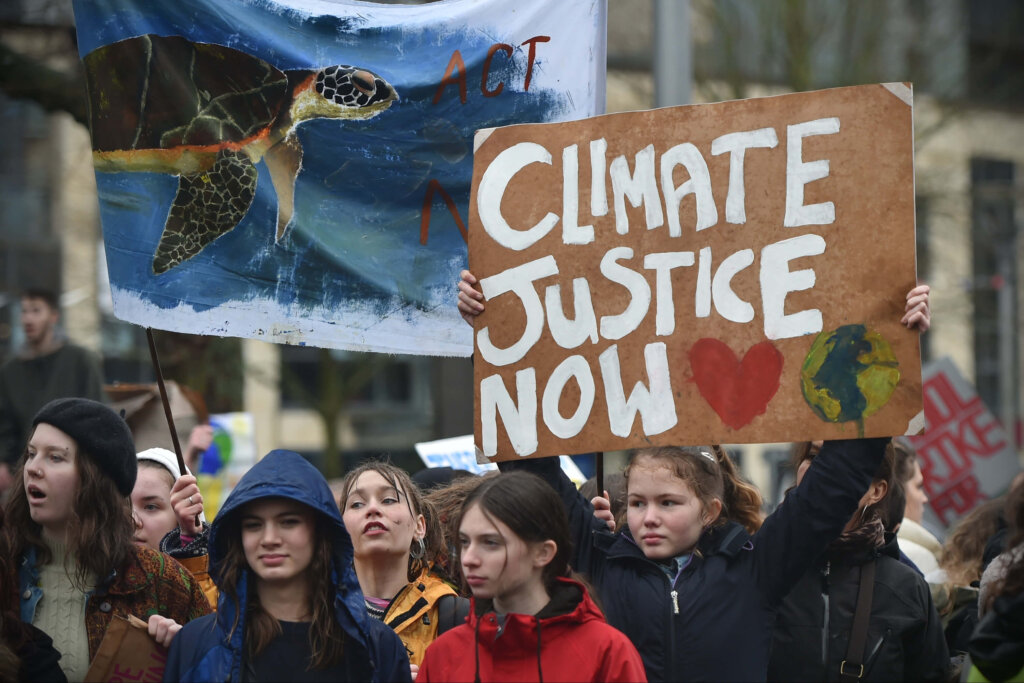
The Climate Justice Legal Project is an innovative partnership between the Federation of Community Legal Centres, Environmental Justice Australia and the Climate Council.
Together we are shining a light on the connection between climate change and social inequality.
We are amplifying the voices of people and communities disproportionately impacted by the climate crisis.
And we are using the law to empower communities across Victoria to advocate and litigate for climate justice.
We're working together because we believe the climate crisis brings into sharp focus the need to redesign Victoria’s laws, institutions, policies and services so they work for all of us, and not just some of us.

We believe all attempts to address climate change must also create a fairer and more just world in the process.
This includes empowering communities to create climate solutions that work for them, and addressing economic insecurity, access to healthcare, child and elder care, gender discrimination and systemic racism.
Get this right, and we can make the lives of all Victorians fairer and easier.
Get this wrong and it will lock in the biggest intergenerational injustice of all time.
What we do
Advocate
We advocate for equitable and accessible climate solutions that address the root drivers of inequality and highlight the need for immediate cuts in emissions to prevent further climate injustice.
Amplify
We amplify the voices, lived expertise and legal needs of those disproportionately impacted by climate change.
Ability build
We ability-build the capacity of Community Legal Centres (CLCs) and partner organisations to identify, anticipate and respond to legal needs arising from the impacts of climate change.
Adapt
We adapt community legal services and legal practice to a climate justice model that embeds equitable adaptation practices and legal advice across the wider justice and legal sectors using evidence and data.
Lawyers in community legal centres work every day with people experiencing climate injustice.
Often when people seek help at a Community Legal Centre, what might initially look like an isolated legal issue – such as a credit, housing or debt matter – can be exacerbated by climate change.
Climate disruption is increasingly disrupting access to justice. These barriers can be physical – like extreme weather making it difficult for Community Legal Centres to stay open despite people urgently needing help.
Barriers to justice can also be less visible – like a lack of legal remedies for communities experiencing climate injustice.
Our current laws and institutions were not designed by people dealing with the reality of climate change. Right now, these systems are failing to serving the diverse needs of many of us – and this unless we redesign them, this will only get worse climate crisis intensifies.
And as the climate crisis deepens, unless we act decisively to embed justice in all that we do, the lives of communities already facing injustice and oppression will become even harder.
We need solutions that work for all of us, not just some of us.

Our focus
- Empowering people accessing Community Legal Centres in Victoria to seek climate justice – even when their legal problems might not initially look caused by climate change.
- Training and supporting community lawyers to identify and address the impacts of climate injustice. Tracking trends in community legal centre data will inform public interest climate litigation, and in turn shape legal and policy reform.
- Identifying issues with our current laws, services and institutions – then taking action in the courts and before government and corporate decision-makers to drive faster, fair and more ambitious policy that serves communities in a climate impacted world.
- Supporting communities to build resilience and agency as they prepare for and respond to climate disasters.

What is climate justice?
All of us are experiencing the impacts of climate change, but not evenly.
Those who have contributed least to the climate crisis are hit first and worst – like communities living in social housing.
Too often, decades of government policy failures have left social housing badly maintained, with no insulation, air conditioning or solar panels. These houses are often in neighbourhoods with more concrete, fewer trees and higher average temperatures than greener parts of our cities.
During heatwaves, these homes become dangerous to live in, especially for older adults, young children, people who are socially isolated or have disabilities and medical conditions.
Climate change means more extreme heatwaves.
And extreme heat is a silent killer, affecting cognitive function, hearts and lungs. When there are power outages, people can't keep medicine cool in the fridge. Families face unaffordable energy bills. After hot nights, kids can't concentrate at school and adults struggle to work.
Often, people living in social housing are also already experiencing other forms of disadvantage and exclusion. Without safe housing, people are forced to escape the heat in public spaces, where research shows they are over-policed or subject to violence.
Explore more of EJA's game-changing legal work

Environmental justice, clean air and water


